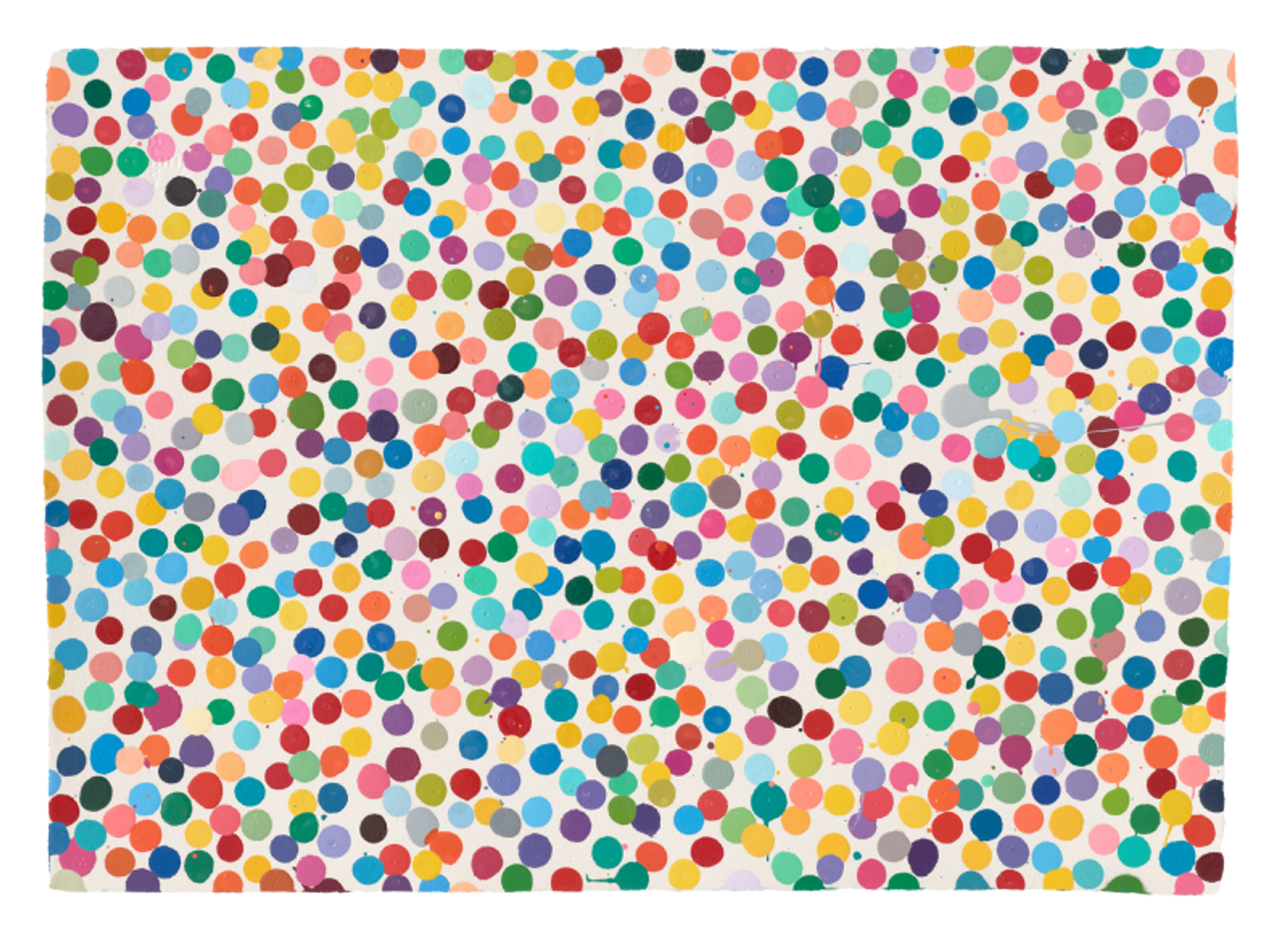Storytelling with Passion Assets: How to Create a Unique Investment Portfolio Narrative

 Image © Louis Vuitton / Bella Hadid Modelling Yayoi Kusama for Louis Vuitton 2023
Image © Louis Vuitton / Bella Hadid Modelling Yayoi Kusama for Louis Vuitton 2023Market Reports
Unlike traditional financial assets, the value of passion assets can be subjective and may fluctuate based on a variety of factors such as the popularity of the artist or rarity of the item. Investing in luxury collectible assets can be a way to diversify one's portfolio and enjoy the added benefit of owning something truly special. While they may not always be the most practical investments, passion assets can provide immense personal satisfaction and enjoyment to their owners.
What is a Passion Asset?
A passion asset is a luxury collectible item or investment that holds personal or emotional value beyond its monetary worth. Though oftentimes overlooked, the allure of luxury handbags, vintage wine, art and collectibles often stems from their rarity.
The Influence of Luxury Brands on Investing
Luxury brands can have a significant influence on investing, particularly in the realm of passion assets. Goods such as designer handbags, watches, and jewellery can appreciate in value over time, making them attractive investments for those who are passionate about these items. These brands often hold a particular allure for investors, as they are associated with exclusivity, quality, and prestige. As such, investing in them can be a way to diversify a portfolio and potentially achieve significant returns.
The influence of luxury brands in investing extends beyond just tangible assets. Luxury fashion and lifestyle brands can also have a significant impact on the stock market, with fluctuations in brand performance affecting investor sentiment and overall market trends. For example, a luxury fashion brand that reports strong earnings or launches a highly anticipated collection may lead to increased investor confidence and higher stock prices for the brand and its competitors. Conversely, a PR nightmare associated with a luxury brand can lead to decreased investor confidence and lower stock prices.
 Image © Louis Vuitton / Yayoi Kusama for Louis Vuitton 2023
Image © Louis Vuitton / Yayoi Kusama for Louis Vuitton 2023Brands can also influence their buyers investment strategies through their marketing and advertising. By creating aspirational advertising campaigns and cultivating a strong brand identity, luxury brands can drive demand for their products and increase their overall value. Louis Vuitton and Yayoi Kusama’s collaboration is likely to drive an increase in not only the iconic fashion house, but in Kusama’s work as well. As an added bonus, both parties can expect a crossover of audience base.
The influence of luxury brands in investing is significant, and investors should carefully consider the reputation and performance of these brands when making investment decisions
The Role of Passion Assets in Diversifying Your Portfolio
While traditional financial assets like stocks and bonds are important components of a diversified portfolio, luxury collectible assets can provide a unique source of diversification that goes beyond mere monetary value
REDUCE RISK
Passion assets often have a low correlation to traditional financial assets like stocks and bonds. This means that their value may not be tied to the performance of the stock market, providing an extra layer of diversification. Adding non-correlated assets that behave differently from stocks and bonds can potentially reduce your portfolio's overall risk and volatility.
LONG-TERM APPRECIATION
Investing in rare art pieces may provide higher returns over time than traditional financial assets. While past performance is not a guarantee of future results, passion assets can offer the potential for significant appreciation over the long term.
Emotional value
These assets can hold personal or emotional value beyond their monetary worth, and investing in them can provide a sense of enjoyment and fulfilment. This emotional connection to your investments can also inspire you to hold onto them for the long term, potentially providing additional benefits for your portfolio's diversification and growth.
Creating an Investment Narrative with Passion Assets
Creating an investment narrative with luxury collectible assets involves developing a cohesive story that connects an individual's personal values and interests with their investment strategy. This can help to guide investment decisions and provide a framework for managing a passion asset portfolio.
To create an investment narrative, it is important to start by identifying your passion assets and understanding why they are meaningful. Digital resources can help guide your interests and determine which specific items are the best fit for your investment strategy. This could include anything from a love of contemporary art to a fascination with antique watches. Once you’ve identified this, it’s time to research the market trends and potential risks and rewards associated with each asset class.
Creating an investment narrative with passion assets can help to provide a sense of purpose and meaning to the investment process. By aligning investments with personal values and interests, investors can feel more engaged and motivated to actively manage their portfolios. It can also help to provide a framework for making informed investment decisions, while still allowing for flexibility and adaptability in response to changes in the market or personal circumstances.
 Image © / Unsplash Laurenz Heymann 2020
Image © / Unsplash Laurenz Heymann 2020Building Your Passion Asset Portfolio
The first step is to determine what specific areas of the art and luxury market are of interest. This could range from fine art collectibles, to investing in rare luxury goods like watches or jewellery. Once the focus has been established, it is important to research and learn as much as possible about the chosen area of interest. This includes understanding the market trends, the history of the art or luxury goods, and the key players in the industry. Building a network of contacts and advisors in the industry can also be beneficial in navigating the complexities of the market.
While your passion assets can be highly valuable, they also require significant financial investment. It is important to establish a clear budget and to carefully consider the risks and rewards of each investment. It may also be wise to work with a financial advisor who has experience in the art and luxury market, in order to make informed decisions and maximise returns. With careful planning and research, building a passion asset portfolio in the art and luxury markets can be a rewarding and profitable venture.
 Image © / Unsplash Laura Chouette 2020
Image © / Unsplash Laura Chouette 2020Managing Your Passion Asset Portfolio
Managing a passion asset portfolio requires a unique approach, as these assets are often deeply personal and emotionally significant. While these assets can be highly valuable, they also require careful attention and management in order to ensure their long-term preservation and profitability.
VALUATION
Valuation refers to the process of determining the fair market value of an asset. This is particularly important in the art and luxury market, where the value of assets can fluctuate significantly over time. It is important to regularly monitor the market value in your portfolio and make adjustments as necessary. Experts like appraisers and consultants are an invaluable resource and can save you a lot of time and confusion when it comes to proper portfolio management.
RISK MANAGEMENT
The art and luxury market can be volatile and unpredictable, and it is important to understand the potential risks associated with each asset in the portfolio. It is important to develop a risk management strategy that includes diversification, insurance, and regular monitoring of luxury investment indexes.
Passion Assets Impact on Wealth Management
MARKET TRANSPARENCY
As investors seek to balance returns with personal fulfilment, passion assets such as art, collectibles, and luxury goods are becoming more mainstream as investment vehicles. The rise of technology and digital platforms is also enabling greater access and transparency in these markets, making it easier for individuals to invest in and manage their portfolios.
PERSONALISATION
The role of wealth managers and financial advisors will continue to be important in helping investors navigate the complexities of the passion asset market and achieve their financial and personal goals. As investors become increasingly aware of the potential returns offered by passion assets such as fine art, wine, and collectibles, they are seeking new ways to incorporate these assets into their portfolios. Wealth managers and investment firms are expected to respond to this trend by offering more specialised services and expertise in the areas of art, luxury, and collectibles.







